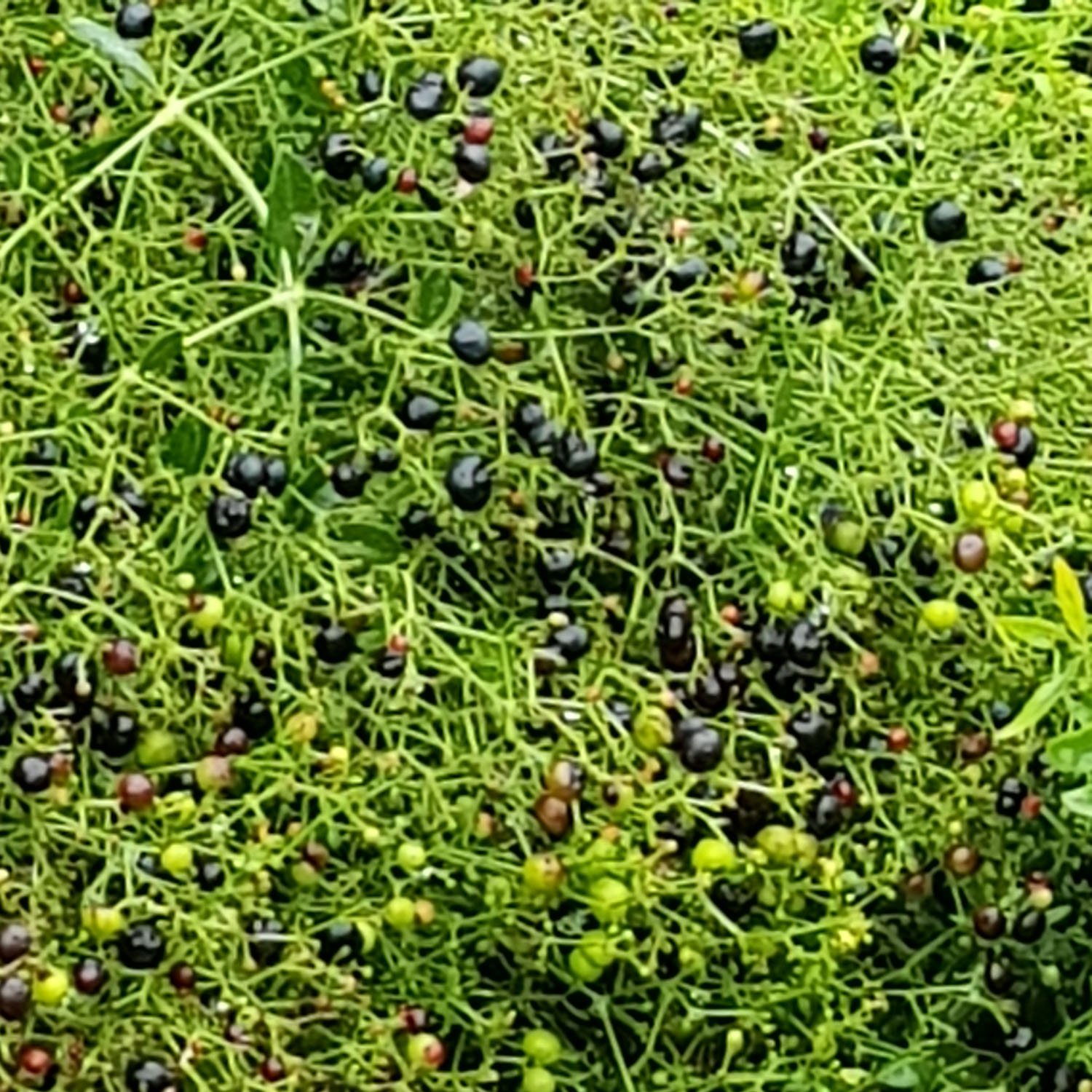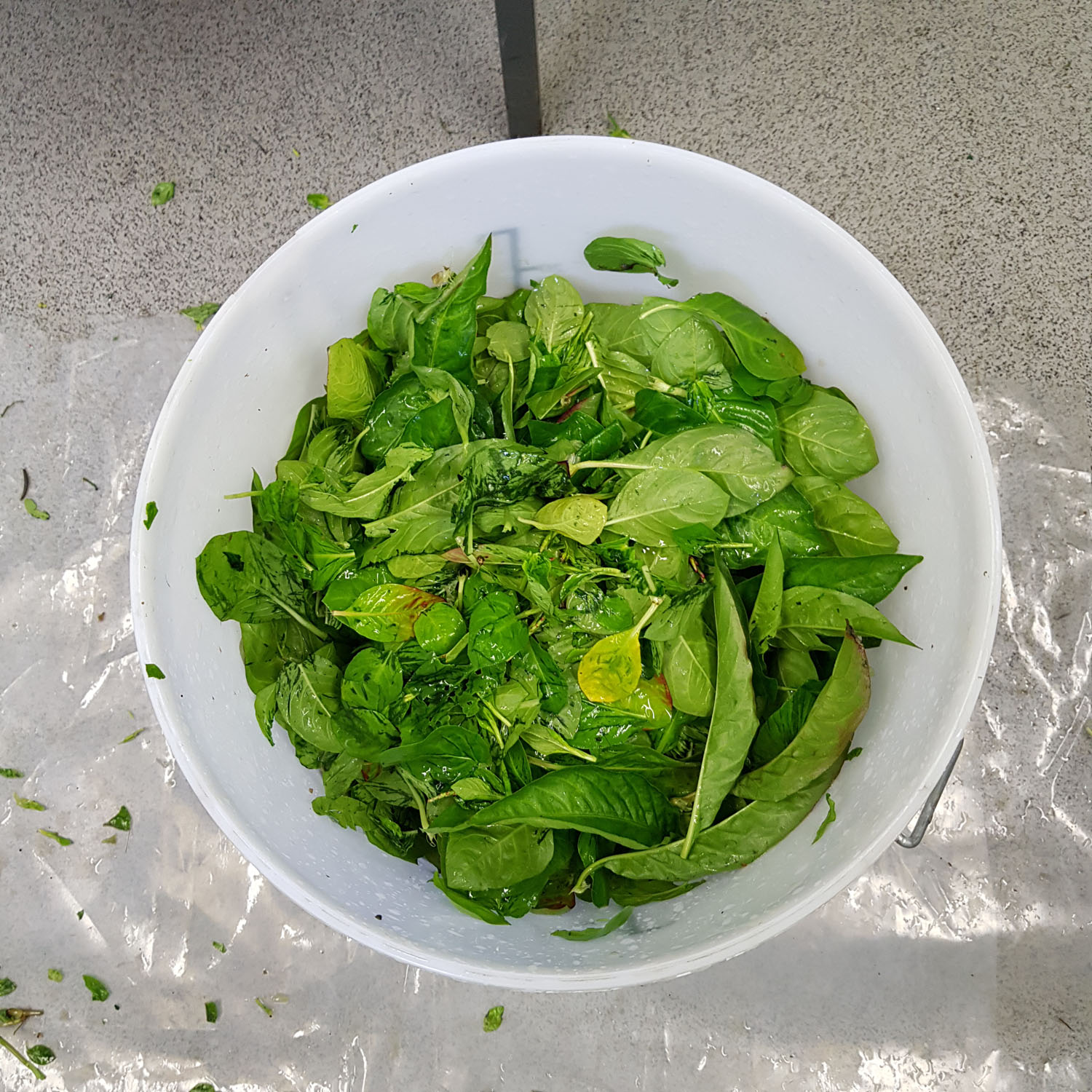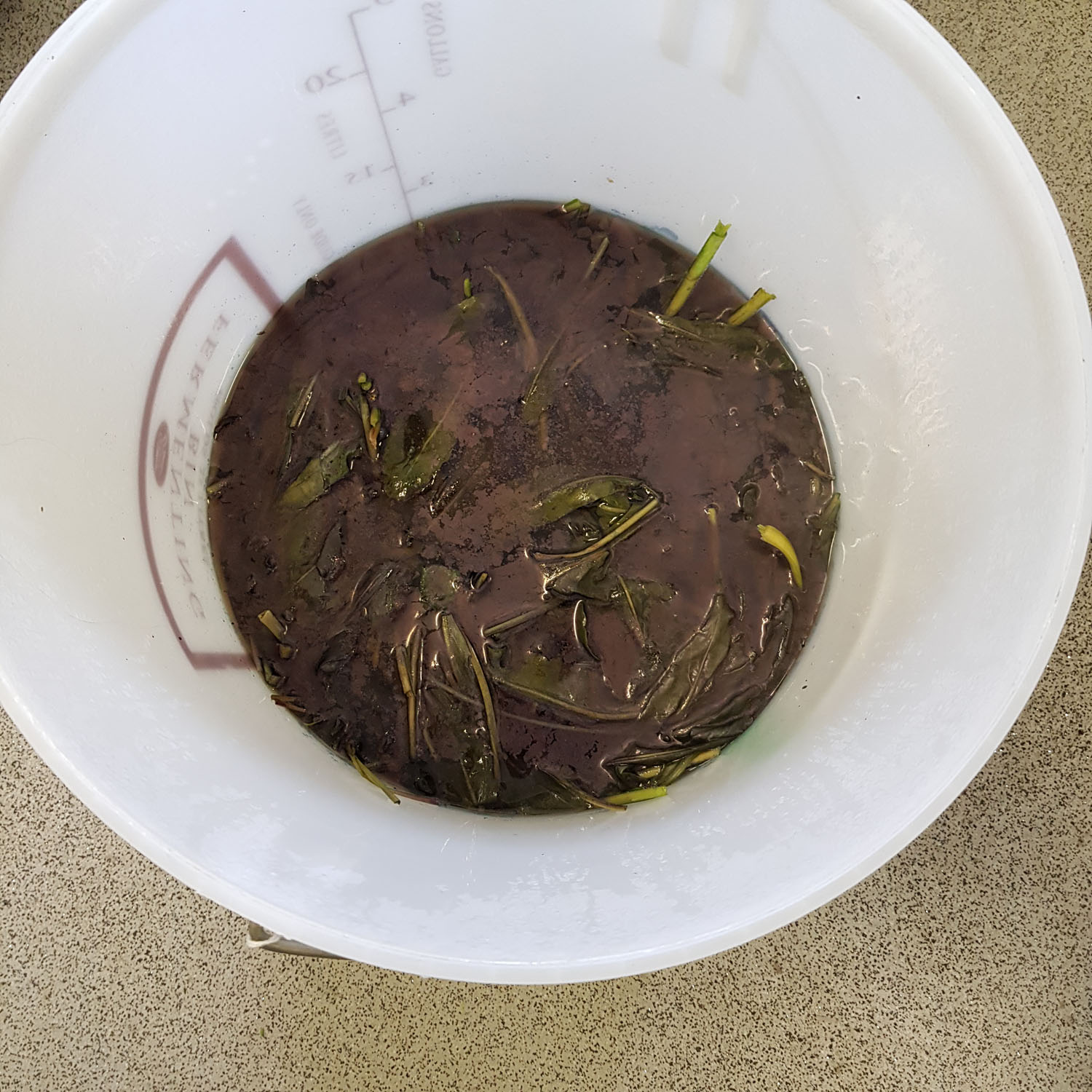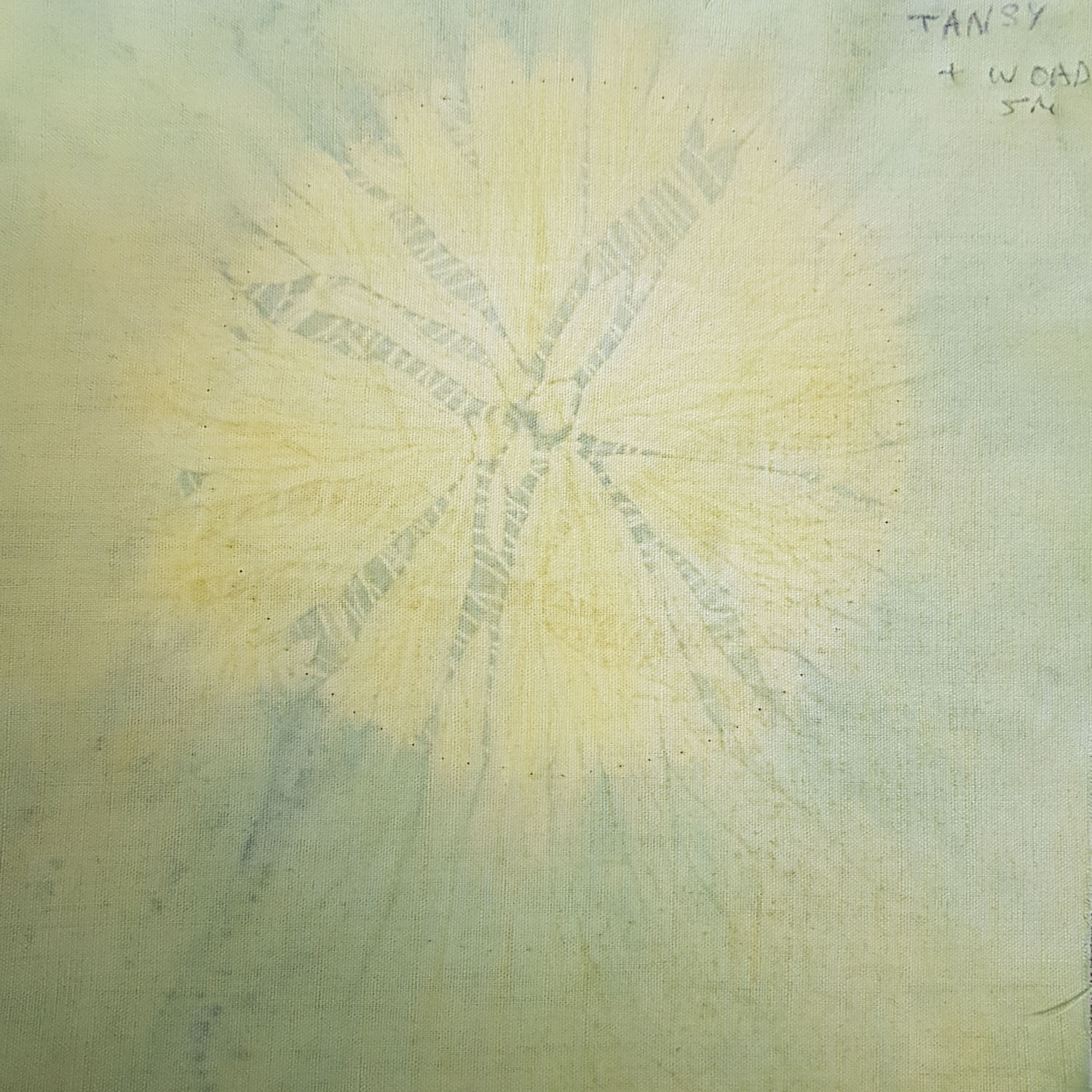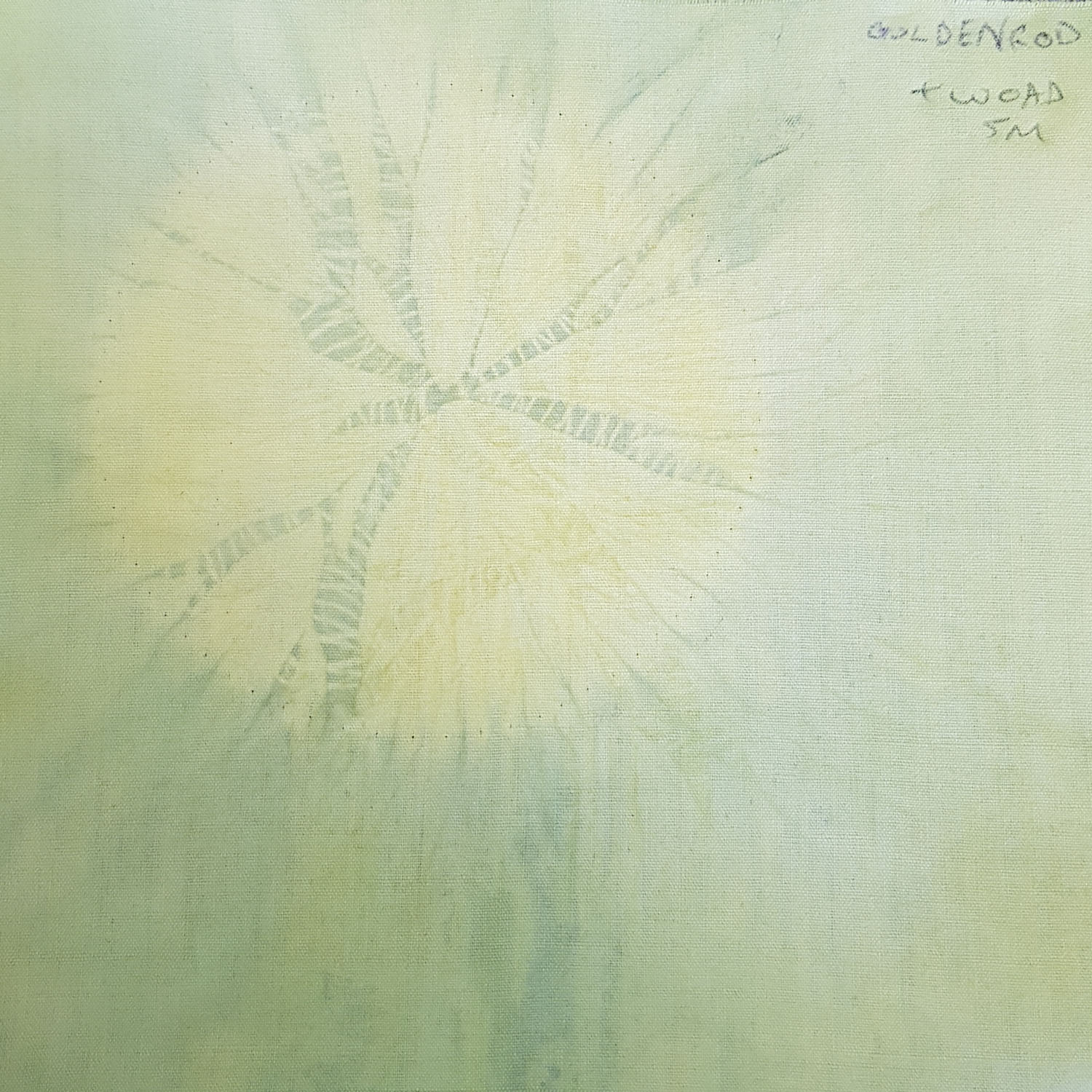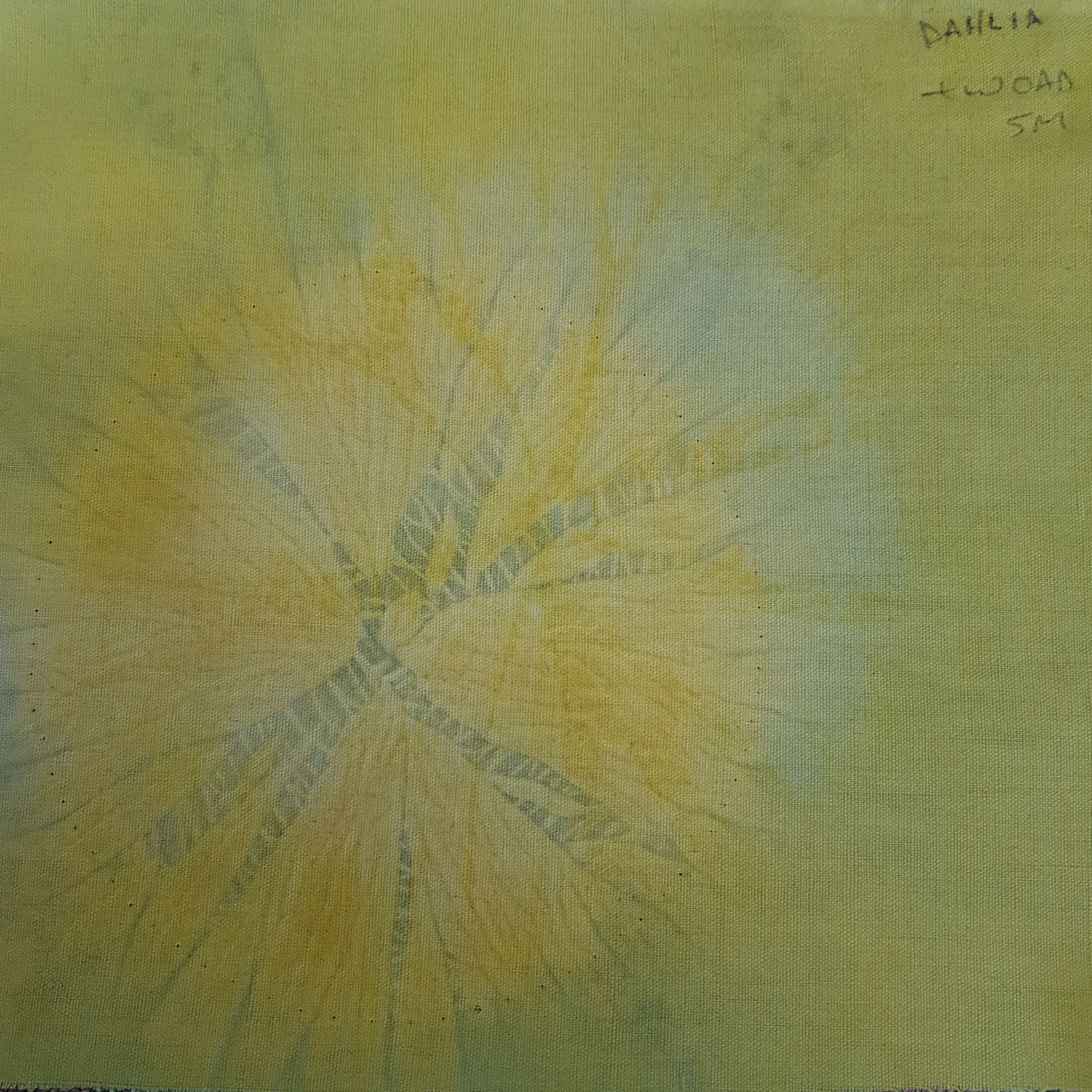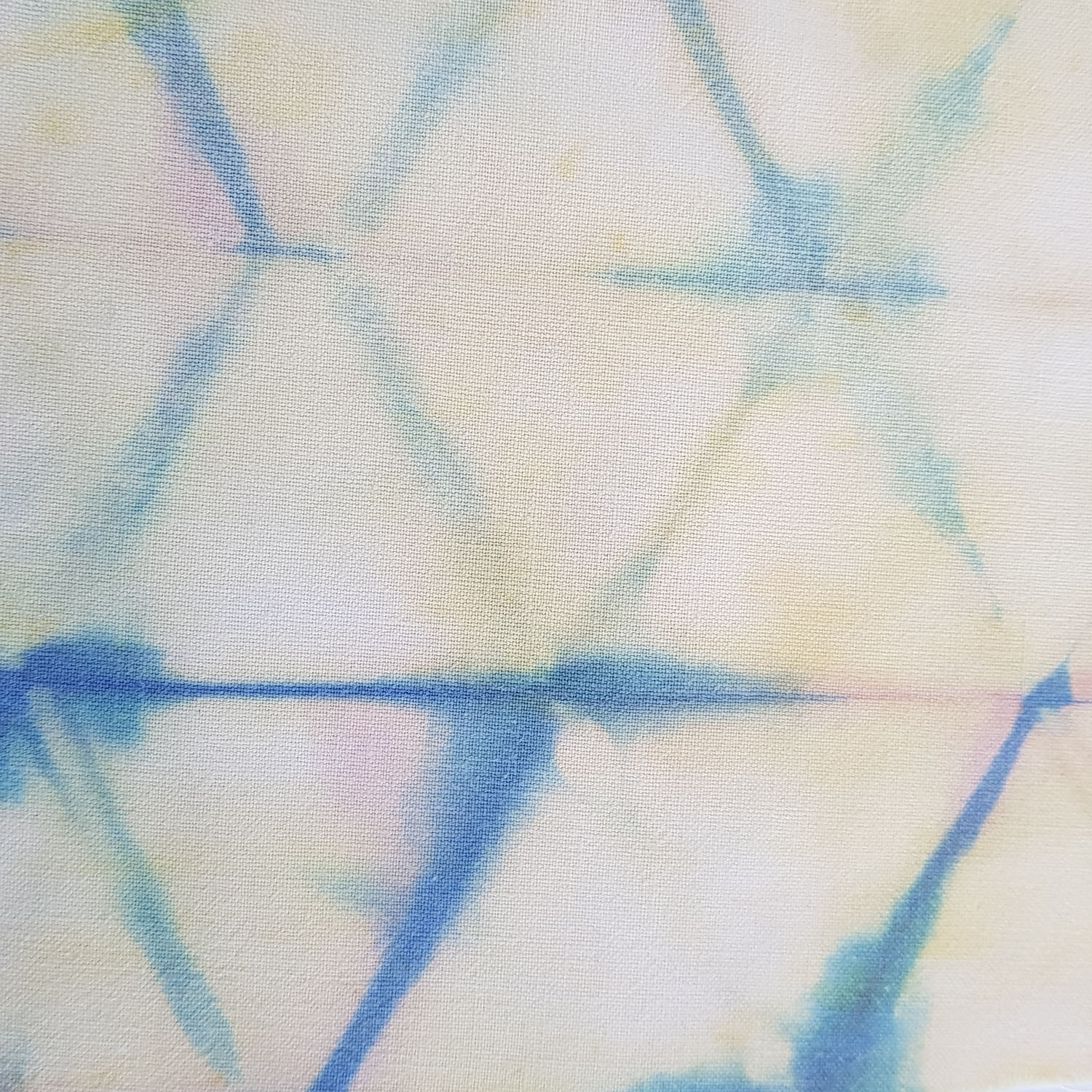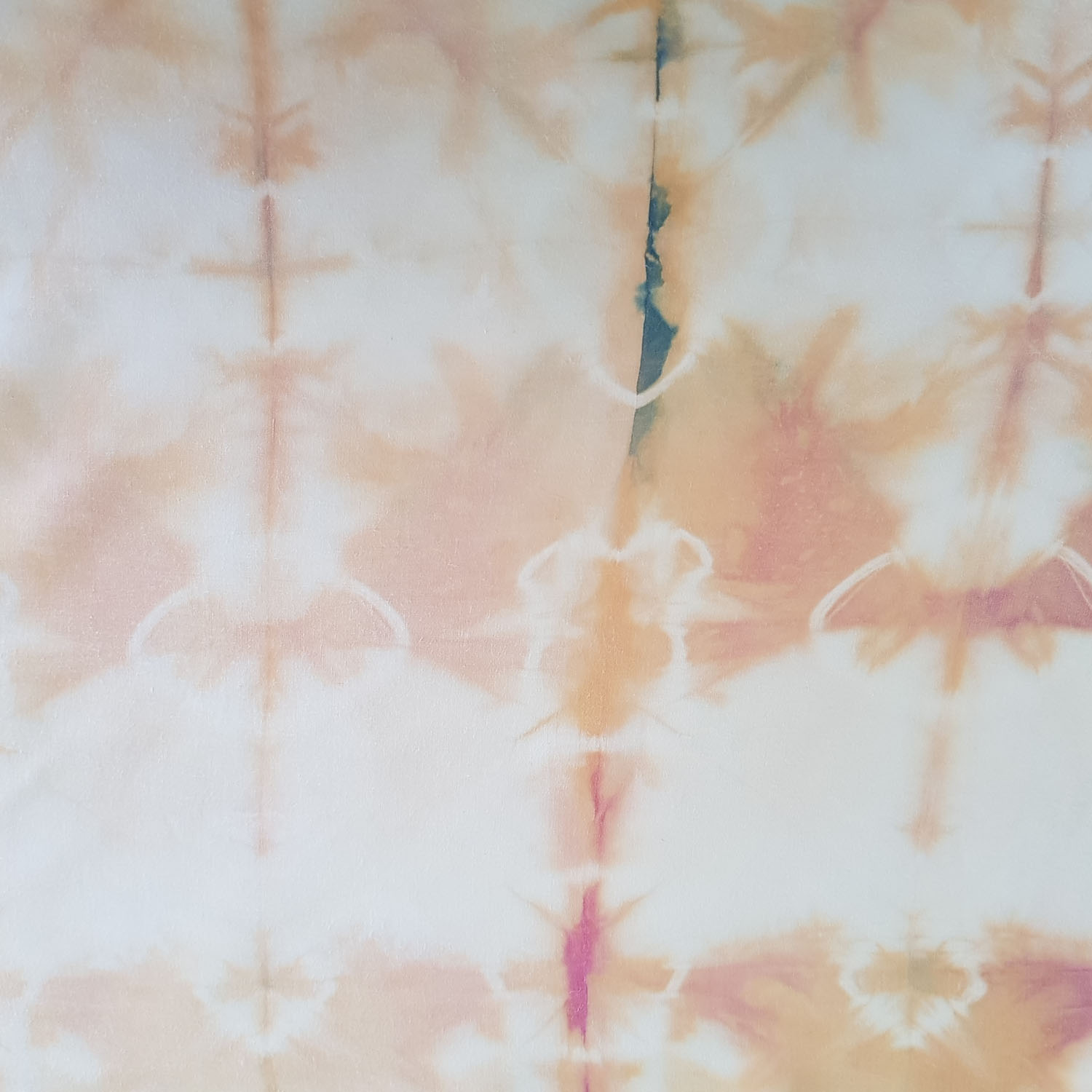Dye day with with London Guild of Spinners, Weavers and Dyers
Sunday 23rd September may have started out as a wet and dull day but it turned out to be very exciting and fun indeed!
You may remember that I joined the London Guild of Spinners, Weavers and Dyers in the spring of 2018 and helped them do dyeing demos at Southwark Cathedral in May as part of London Craft Week… More information about the Guild and its work can be found here - https://www.londonguildofweavers.org.uk/dyeing-special-interest-group/
The person from the London Guild who co-ordinated the Southwark Cathedral natural dye event is the rather aptly named Susan Dye. Susan is a lovely lady who, along with her husband, Ashley, grows a variety of dye plants at their allotment in Hitchin. Both are very generous and extremely knowledgeable about plant dyes and dyeing in general.
Susan and Ashley had kindly invited me to join a few others for a day of dyeing in Hitchin so off I went on the train (finishing off hemming a Japanese kimono silk scarf dyed with madder on the way).
We started off our morning picking a variety of plant materials from their nearby allotment, including woad, Japanese indigo, Goldenrod, Tansy and Dahlias. They also grow two types of madder and a selection of other dye plants. Despite the rain we managed to harvest a good amount of all of the plants. You can see Japanese indigo and Dyers madder plants below. (We didn’t dig up the madder roots this time as its too early in the season for that; that’s another day out later in the year!)
The preparation of the woad and indigo leaves is quite similar. Firstly you have to strip the leaves off their stalks, then add hot water to indigo and boiling water to woad and leave to soak until the liquid turns a grey brown colour after a couple of hours. The leaf material is then discarded, some alkali (in the form of ammonia) added and the liquid aerated by pouring it vigorously from one bucket to another. The liquid (and resulting foam turns a blue colour as the indigo appears).
You can see some indigo leaves, woad soaking in hot water and then being aerated below…
You can actually extract some indigo from leaves just by chopping them up in some hot water with a hand blender!
It was a bit late in the season for the woad and indigo so we added a bit of caustic soda stock solution to help get them going and kept them heated on the stove.
We also chopped up the Goldenrod and Tansy ( you can use leaves, stalks and flowers) in some hot water and kept them in their lidded dye pot in a box insulated with old towels. You leave the plant material in to get as much colour as possible although this can mean stronger areas of colour where plant material touches the cloth being dyed. Wabi sabi as the Japanese say - see what the Universe gives you as a result! The Dahlia flowers were a revelation! Both yellow and some red were used and they yielded a rich orange which was quite beautiful on mordanted cotton and silk.
I’d brought some fabric mordanted in Aluminium Acetate and Alum (for silk). The Aluminium Acetate pieces tended to yellows rather than orange on cotton but gave a bright orange with silk.
Below are three samples dyed respectively with Tansy, Goldenrod and Dahlias and then over-dyed with Woad. These have had a Makiage shibori (stitched outline with bound kumo centre) pattern stitched and bound for the dip in the yellow dyes and then removed and re-positioned before dyeing in the Woad for 5 minutes.
The Dahlia came out the brightest of the three.
I’d also brought some Myrobalan dyed cotton with me (mordanted afterwards in Aluminium Acetate). It really brought out the colours of the dyes as you can see! Order is Goldenrod, then Dahlia and Tansy. You can see that the Dahlia came out a bright orange on the silk. Nice!
I also did a couple of pieces using some Kikko folding into triangles. One was done using old two pence pieces and clamps as makeshift Itajime and the other was a big square of bamboo mordanted by Susan in Aluminium and washed in a bran solution to remove excess aluminium deposits. The bamboo fabric took the colour really well. Both are combinations of dyeing with Dahlia, Cochineal (from powder) and Japanese indigo. The first one had all the colours of a pineapple’s skin!
Lastly here’s a freestyle kumo (spiderweb) shibori sample. It was dyed in the cochineal first, then unwrapped and a new kumo bound on top and dyed in the Japanese indigo creating an overlaid pattern in two colours and a lovely purple where the colours combined.
If you’ve enjoyed reading about my day and would like to try some then check out my Natural Dyeing class. You’ll dye a rainbow of samples in Silk, wool and cotton and learn all about mordants and natural plant dyes as well as indigo.

